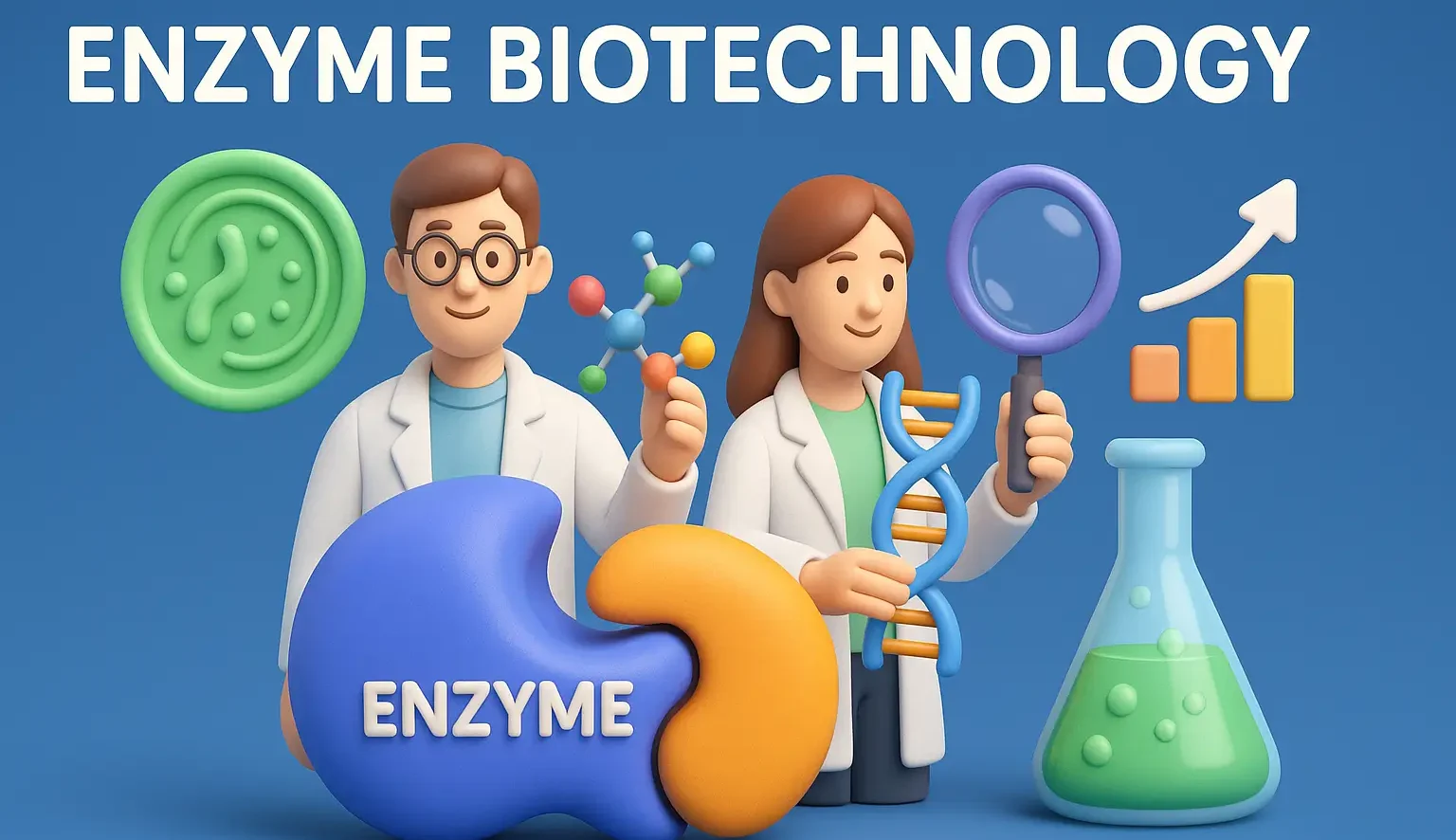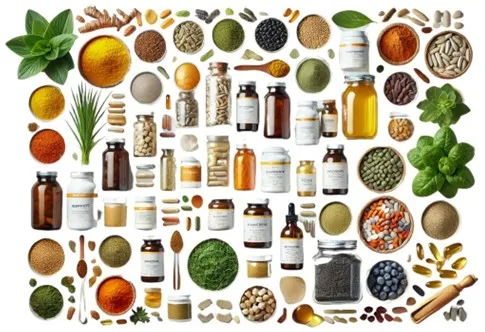Enzyme Biotechnology – Methods of Enzyme Immobilization and Applications
Role of Enzymes in Pharmaceutical Biotechnology Enzymes act as biological catalysts, accelerating chemical reactions in drug manufacturing and diagnostics with high specificity and efficiency under mild conditions. In pharmaceuticals, enzymes are used to: Synthesize complex molecules (e.g., chiral intermediates, antibiotics, drug precursors). Facilitate diagnostics as key components in diagnostic kits. Modify drugs through conjugation and … Read more










